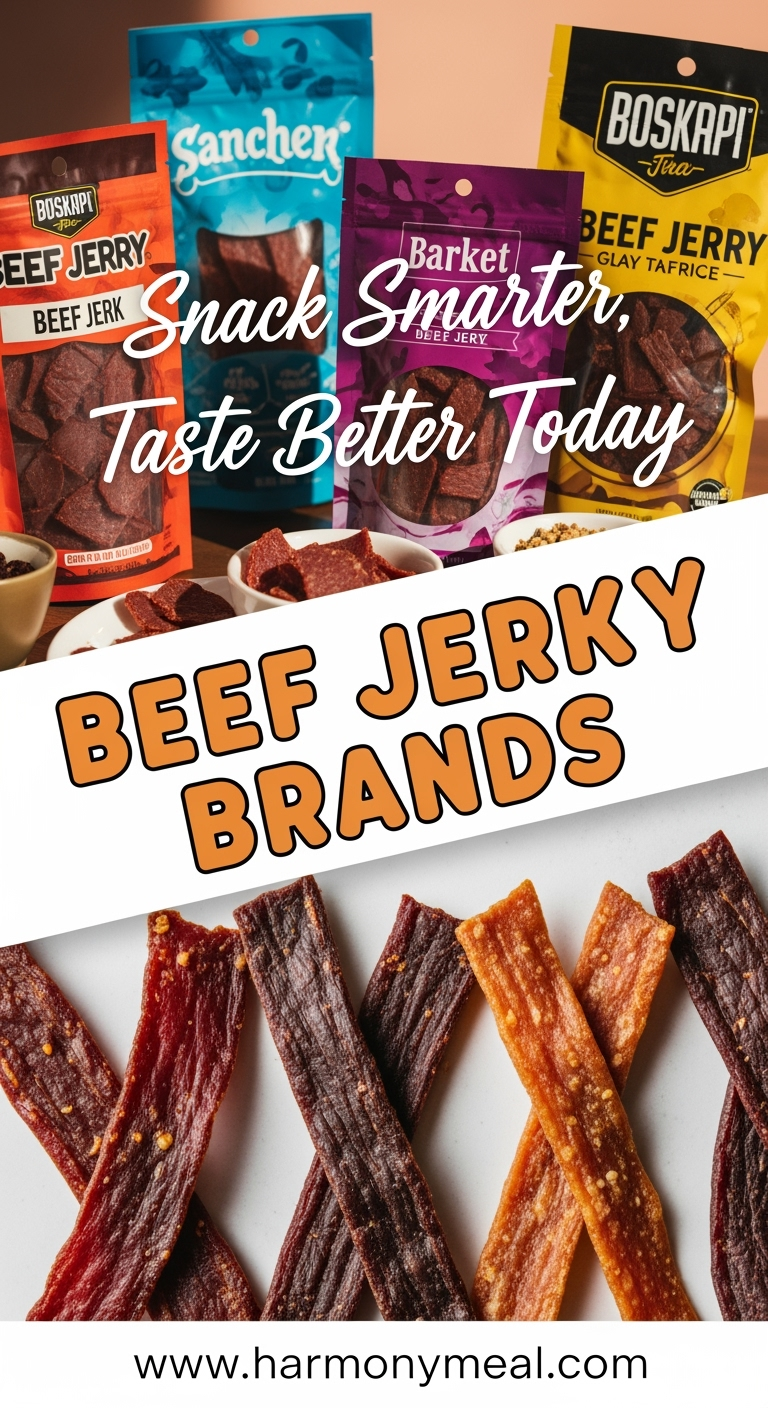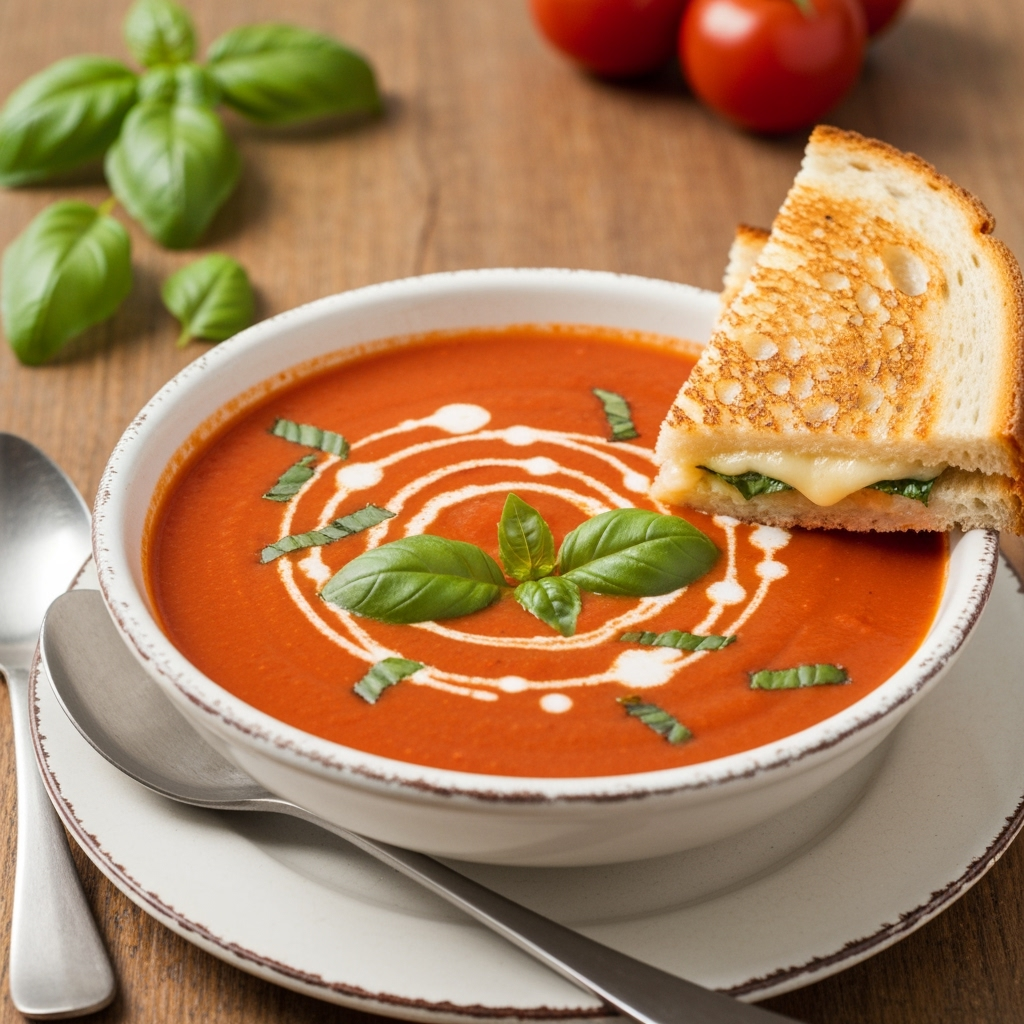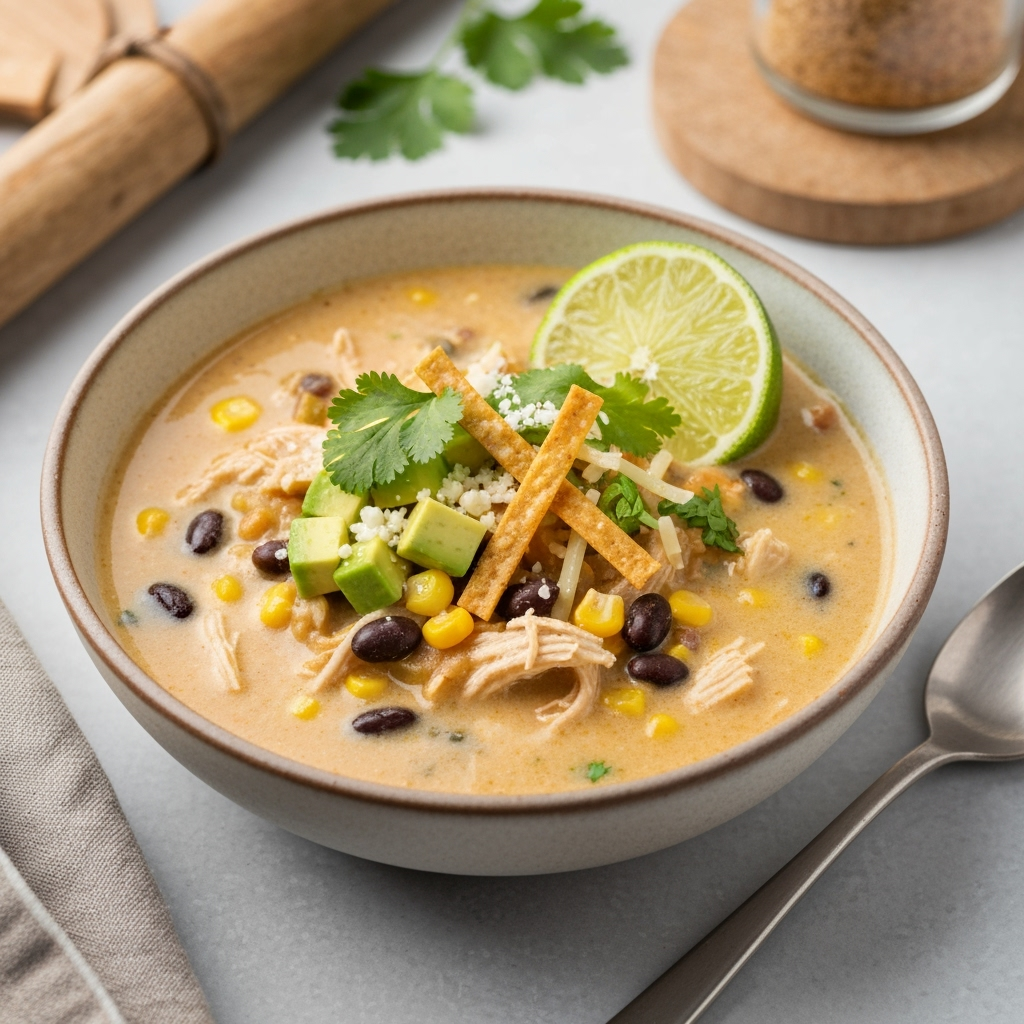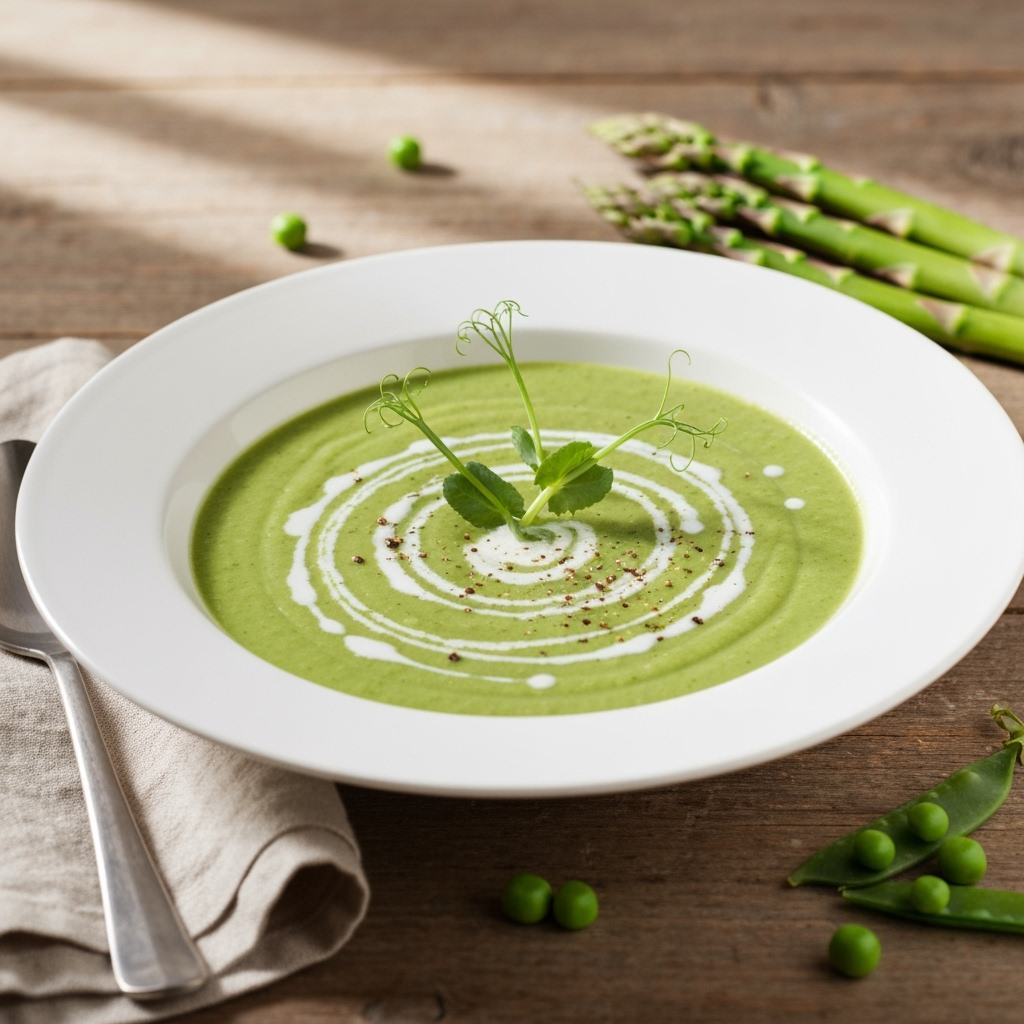Ever wondered why some beef jerky tastes like heaven while others feel like chewing on a leather belt? The world of beef jerky brands has exploded in recent years, with options ranging from gas station standards to artisanal, small-batch creations that’ll make your taste buds dance. As someone who’s traveled cross-country multiple times with beef jerky as my copilot, I’ve sampled more varieties than I care to admit. My road trip snack obsession turned into a genuine passion for understanding what makes the best beef jerky brands stand out from the pack.
Whether you’re a jerky newbie or a seasoned enthusiast looking to expand your horizons, this guide will walk you through everything you need to know about finding your perfect protein-packed companion. From traditional smokehouse flavors to exotic international inspirations, the right beef jerky can transform your snacking game completely.
Table of Contents
Beef Jerky Brands: What Makes a Quality Product
Beef jerky brands vary dramatically in quality, ingredients, and production methods. The best beef jerky starts with premium cuts of meat, minimal preservatives, and thoughtful flavor development. When examining different beef jerky brands, I always check for:
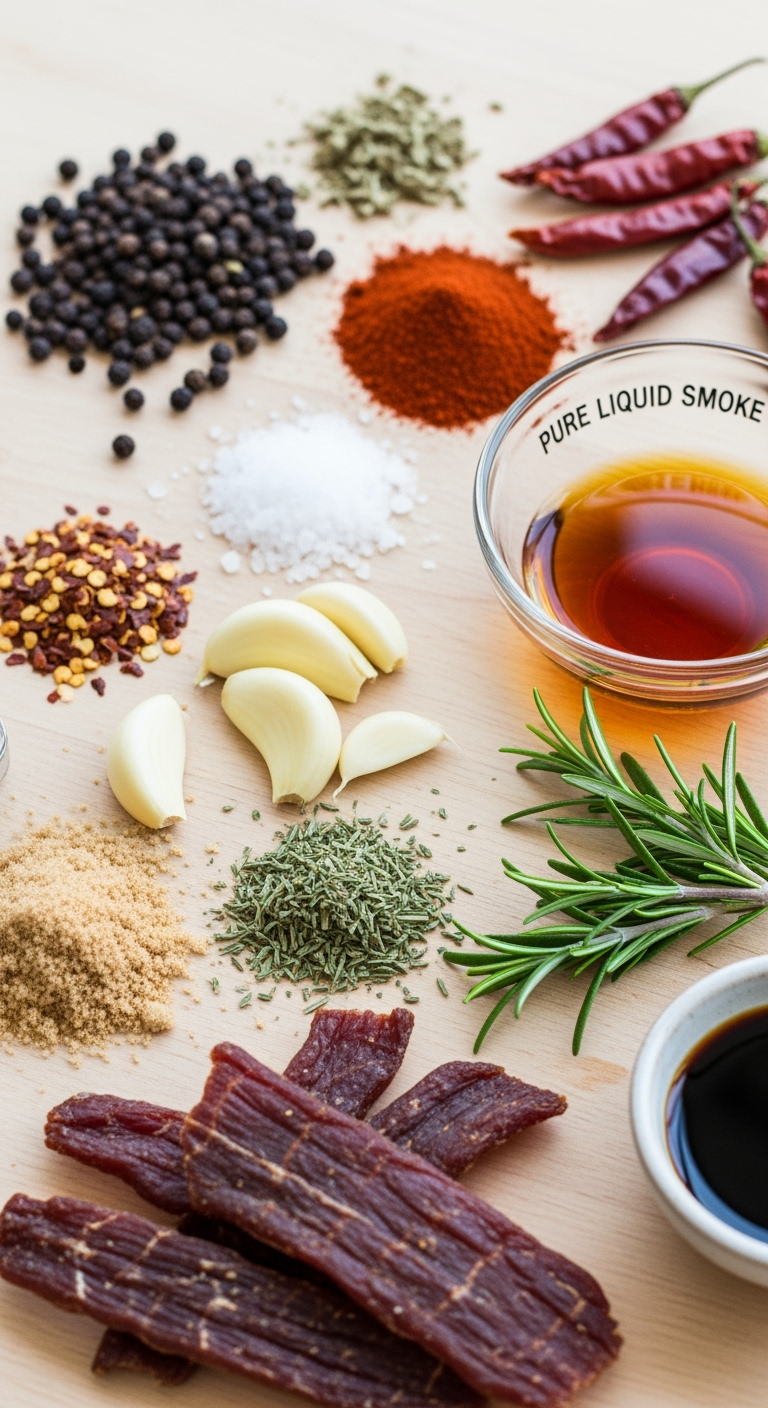
- Meat source and quality – grass-fed, organic, or conventional
- Ingredient simplicity – fewer ingredients often signals higher quality
- Sodium content – ranges from 200-600mg per serving across brands
- Preservative use – natural vs. artificial
- Texture profile – tender, chewy, or tough
- Flavor authenticity – does it taste like real smoke or artificial flavoring?
- Moisture content – properly dried vs. too wet or too dry
Many top-tier beef jerky brands now emphasize their commitment to ethical sourcing, hormone-free meat, and environmental sustainability—factors worth considering beyond just taste.
Timing: From Field to Package
Understanding the production timeline helps appreciate what goes into quality beef jerky brands:
- Meat selection and preparation: 1-2 days
- Marination period: 24-48 hours for premium beef jerky brands
- Drying/smoking process: 4-12 hours depending on method
- Testing and quality control: 1-3 days
- Total production time: Typically 3-7 days from start to finish
This extended process explains why craft beef jerky brands command higher prices than mass-produced alternatives that often cut corners.
Step-by-Step Guide to Evaluating Beef Jerky Brands
1. Examine the Packaging
First impressions matter. Quality beef jerky brands invest in packaging that protects freshness while communicating their values. Look for resealable bags, oxygen absorbers, and clear nutritional information. Many premium beef jerky brands now use eco-friendly packaging as well.
2. Check the Ingredient List
The best beef jerky brands keep it simple. The ingredient list should start with real meat (not “beef parts” or vague terminology). Watch for excessive additives, artificial flavors, MSG, or high fructose corn syrup—common in lower-quality beef jerky brands.
3. Assess the Texture
Take a piece and bend it slightly. Quality beef jerky should flex without breaking immediately. When you bite into it, there should be resistance but not so much that you’re worried about your dental work. Different beef jerky brands aim for different texture profiles, from tender to extra-chewy.
4. Evaluate the Flavor Profile
Top beef jerky brands develop complex flavor profiles that evolve as you chew. Notice the initial taste, how flavors develop mid-chew, and the aftertaste. Quality products deliver depth beyond just salt and smoke.
5. Consider the Value Proposition
Price alone doesn’t determine quality, but it’s worth considering what you’re getting. Premium beef jerky brands charging $7-9 per ounce should deliver exceptional quality, while mid-range options ($4-6 per ounce) should still offer solid value.
Nutritional Information About Beef Jerky Brands
Most beef jerky brands offer products with:
- Calories: 70-100 per ounce
- Protein: 10-15g per ounce
- Carbohydrates: 3-9g per ounce (varies by flavoring)
- Fat: 1-3g per ounce
- Sodium: 400-600mg per ounce (varies significantly between beef jerky brands)
Many beef jerky brands now offer reduced-sodium options for health-conscious consumers. The high protein content makes jerky a favorite among athletes and keto dieters, with some specialized beef jerky brands catering specifically to these markets with macronutrient-optimized products.
Equipment Needed for Enjoying Beef Jerky Brands
While beef jerky is fundamentally a grab-and-go snack, certain accessories can enhance your experience:
- Vacuum-sealed containers for storing opened packages
- Silica gel packets to maintain freshness after opening
- Kitchen scissors for cutting tougher varieties
- Small food scale for portion control (especially for fitness enthusiasts)
- Jerky sampler board for comparing multiple beef jerky brands at once
Some dedicated enthusiasts even create tasting journals to track their experiences with different beef jerky brands—something I started doing after my 50th variety!
Why You’ll Love Exploring Different Beef Jerky Brands
Diving into the world of beef jerky brands offers surprising benefits:
- Portable protein that doesn’t require refrigeration – perfect for hiking, road trips, or busy workdays
- Incredible variety of flavor profiles – from classic peppered to exotic Korean BBQ or Szechuan spice
- Long shelf life – many beef jerky brands offer products that last 6-12 months unopened
- Support for small businesses – the craft jerky movement has created opportunities for local producers
- Conversation starter – sharing unique beef jerky brands with friends inevitably leads to “where did you find this?” discussions
I’ve actually connected with several friends over our shared love of discovering new beef jerky brands. There’s something wonderfully unpretentious about comparing notes on this ancient preservation method turned modern protein snack.
Healthier Alternatives in Beef Jerky Brands
The beef jerky landscape has evolved to accommodate various dietary needs:
- Low-sodium options – several beef jerky brands now offer reduced salt versions with 40-50% less sodium
- Sugar-free varieties – perfect for keto dieters or those monitoring blood sugar
- Grass-fed beef – contains higher omega-3 content than conventional beef
- Organic certified – for those avoiding pesticides and hormones
- Alternative proteins – many beef jerky brands now offer turkey, bison, venison, or even plant-based options
If you’re watching your sodium intake but still craving that savory protein fix, check out HarmonyMeal’s guide to low-sodium snacks for additional options beyond beef jerky brands.
Serving Suggestions for Different Beef Jerky Brands
Beef jerky isn’t just for eating straight from the bag! Creative serving ideas include:
- Chopped jerky in salads – adds protein and savory depth
- Beef jerky charcuterie boards – pair different beef jerky brands with cheeses, nuts, and dried fruits
- Rehydrated in soups – traditional cultures used jerky this way for centuries
- Jerky fried rice – finely chopped jerky adds umami punch
- Bloody Mary garnish – spicy beef jerky brands make excellent drink accompaniments
I recently hosted a hiking-themed dinner party where I featured five different beef jerky brands paired with appropriate trail-friendly accompaniments. The smoky varieties from artisanal beef jerky brands paired surprisingly well with sharp cheddar!
Common Mistakes When Choosing Beef Jerky Brands
Avoid these pitfalls when exploring beef jerky brands:
- Assuming higher price always means better quality – some mid-range beef jerky brands outperform premium-priced competitors
- Overlooking sodium content – even natural beef jerky brands often contain significant salt levels
- Storing opened packages improperly – reducing oxygen exposure is crucial for maintaining freshness
- Judging solely on first bite – quality beef jerky brands develop complex flavors throughout the chewing process
- Missing ingredient red flags – hydrolyzed proteins, MSG, and nitrates are common in lower-quality beef jerky brands
When I first started exploring beef jerky brands, I made the classic mistake of equating toughness with authenticity. Some of the best beef jerky brands actually produce tender, moist products that don’t require superhuman jaw strength!
Storing Tips for Different Beef Jerky Brands
Proper storage maximizes the enjoyment of your beef jerky brands:
- Unopened packages – store in cool, dark places for up to 1 year (check expiration dates)
- Opened packages – consume within 1-2 weeks, keeping tightly sealed
- Refrigeration – extends opened shelf life to 3-4 weeks for most beef jerky brands
- Freezing – possible for up to 6 months, though texture may change slightly
- Vacuum sealing – best option for long-term storage of premium beef jerky brands
I learned this lesson the hard way after forgetting about an expensive package from one of my favorite beef jerky brands in my pantry for months—the flavor had noticeably degraded. Now I track open dates on packages with a quick note.
Conclusion: Finding Your Perfect Beef Jerky Brands
The world of beef jerky brands offers something for everyone—from the traditionalist who craves simple smoked flavors to adventurous eaters seeking global inspiration. What makes this protein-packed snack so fascinating is the incredible diversity between beef jerky brands, each with unique approaches to this ancient preservation technique.
Whether you’re grabbing a quick protein boost between meetings or carefully selecting artisanal beef jerky brands for a special occasion, understanding what separates the good from the great empowers you to make satisfying choices. I encourage you to venture beyond your comfort zone and sample beef jerky brands you’ve never tried before—you might discover your new favorite road trip companion!
Have you found a beef jerky brand that blew your mind? Share your discoveries in the comments below, or tag @HarmonyMeal in your jerky adventures on social media! For more protein-packed snack ideas, check out HarmonyMeal’s ultimate snack guide for inspiration beyond beef jerky brands.
FAQs About Beef Jerky Brands
Are premium beef jerky brands worth the extra cost?
Often yes. Premium beef jerky brands typically use higher-quality cuts of meat, simpler ingredients, and more labor-intensive production methods. The difference is noticeable in texture, flavor complexity, and often nutritional profile. However, some mid-range beef jerky brands offer excellent value.
How can I tell if beef jerky brands use quality meat?
Look for transparency about meat sourcing on packaging or websites. Quality beef jerky brands often specify using whole muscle cuts (not ground and formed meat), grass-fed options, and ethically raised animals. The texture also provides clues—real muscle fiber structure indicates minimal processing.
Do beef jerky brands make good gifts?
Absolutely! Specialty beef jerky brands often offer gift boxes or samplers that make excellent presents for food lovers, outdoor enthusiasts, or fitness buffs. Many craft beef jerky brands use gift-worthy packaging and unique flavors you won’t find in stores.
Can I find low-sodium options among mainstream beef jerky brands?
Yes, many established beef jerky brands now offer reduced sodium lines with 30–50% less salt than traditional recipes. These products maintain flavor through other seasonings while reducing sodium content to around 200–300mg per serving instead of the typical 500–600mg.
What’s the difference between traditional and craft beef jerky brands?
Traditional beef jerky brands focus on consistency and familiar flavors at accessible price points. Craft beef jerky brands typically emphasize small-batch production, innovative flavors, premium ingredients, and often sustainable or ethical practices—with price points reflecting these differences.
Beef Jerky Brands That Will Change How You Snack Forever
Explore the world of beef jerky brands—from smoky traditional cuts to globally inspired flavors. Learn how to choose, store, and serve the best jerky for your next snack break or adventure.
- Prep Time: 2 minutes
- Cook Time: 0 minutes
- Total Time: 2 minutes
- Yield: Varies by brand
- Category: Snacks
- Method: No-Cook
- Cuisine: Varies
Ingredients
- 1–3 oz of beef jerky from your preferred brand
- Assorted jerky brands for sampling (optional)
- Cheese, nuts, and fruits for pairing (optional)
Instructions
- Choose a beef jerky brand based on your preferred flavor profile: traditional, spicy, sweet, or exotic.
- Open and inspect the packaging for freshness and texture. Jerky should bend and crack, not snap or feel damp.
- Serve on its own or pair with cheese, dried fruit, or nuts for a protein-packed snack.
- Store any remaining jerky in a vacuum-sealed container or ziplock bag with a silica packet to maintain freshness.
Notes
Beef jerky brands vary widely—always read labels for sodium content and ingredient quality. Craft brands often feature grass-fed beef, fewer additives, and unique flavors worth exploring.
Nutrition
- Serving Size: 1 oz
- Calories: 90
- Sugar: 2g
- Sodium: 500mg
- Fat: 2g
- Saturated Fat: 0.5g
- Unsaturated Fat: 1.5g
- Trans Fat: 0g
- Carbohydrates: 4g
- Fiber: 0g
- Protein: 12g
- Cholesterol: 25mg
Follow & Join the Harmony Meal Community
📌 Love indulging in rich and cheesy comfort food?
Get inspired with more crave-worthy breakfasts, comforting dinners, and irresistible desserts.
👉 Follow us on Pinterest for easy-to-save recipes and meal ideas you’ll actually want to make.
📘 Let’s be foodie friends!
Join our community of passionate home cooks and flavor chasers.
👉 Follow Harmony Meal on Facebook to share your own dishes, get exclusive content, and connect with others who love to eat and create.

